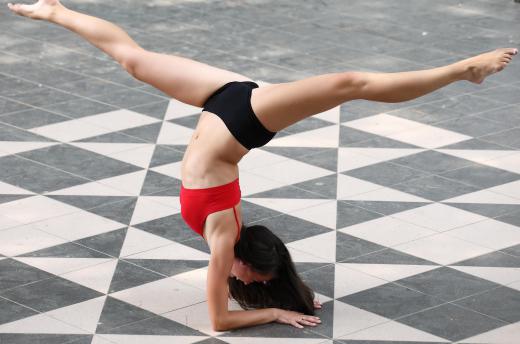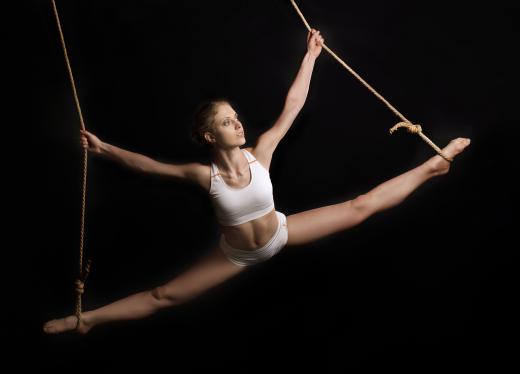Artistic gymnastics is a dynamic sport where gymnasts complete short routines on equipment specially designed for the sport. The game is known for its artistry and grace and requires gymnasts to display exceptional balance, strength, and flexibility while doing somersaults, flips, and other acrobatic moves. Although there are other disciplines of gymnastics, artistic gymnastics is generally the most well known among the general public. In fact, it may be referred to as the classic or traditional discipline of the sport. The popular sport uses various apparatuses for male and female events, is performed by elite athletes at the Olympic level, and utilizes a complex scoring system.
At the competitive level, artistic gymnastics is usually divided into separate programs for men and women, with some differences and similarities in the apparatuses used. The vault, for instance, is found in both men's and women's competitions. In the event, gymnasts run up to the vault, jump up using a springboard, and place their hands on the vault for leverage. As the gymnast is propelled into the air, he or she completes twists and other moves. Floor exercises, which involve jumps and tumbling routines done on a spring floor, are also found in competitions for both genders.

Two additional events are found in women’s artistic gymnastics. One of these events is the balance beam, which requires the female gymnast to remain balanced on a flat wooden board set several feet above the ground while flipping and turning. The other is the uneven bars, which uses an apparatuses consisting of two horizontal bars set at different heights above floor level and several feet from each other. As the female gymnast swings and jumps between the two bars, she attempts to remain in constant motion and complete airborne rotations and moves.

Men’s artistic gymnastics includes two events using bars. The parallel bars are similar to women’s uneven bars but use a pair of horizontal bars. Men also compete in the high bar, which consists of a single horizontal bar placed at 8 feet (2.5 meters) above the ground. The event is focused on power and strength, and men generally perform flips and twists while revolving completely around the bar.

In men’s artistic gymnastics, the event that is generally considered to require the most strength is the sill rings. The apparatus consists of two parallel rings hanging from straps. Holding the rings in each hand, men swing and show precision by holding moves in place. Men also compete on the pommel horse, a long beam with handles on each side. Supporting all of their body weight on their hands, male gymnasts execute various body movements, such as leg swings and handstands.
Since the modern Olympic Games started in 1896, gymnastics has remained a permanent fixture of the games. Generally, Olympic gymnastics is divided into team, all-around, and individual event sessions. In team preliminaries, elite gymnasts who have made it to their national teams compete on all events, and cumulative scores decide which teams advance to the finals, where medals are awarded. Scores at this round also determine which gymnast will move forward to compete in the individual event finals and the all-around finals, which will combine the gymnasts’ scores on all apparatuses.
The International Federation of Gymnastics governs artistic gymnastics, and international scoring is usually done using a defined scoring system called the Code of Points. Under the code, two panels of judges evaluate each gymnastics routine. The first panel gives a score that evaluates the difficulty of the routine, connecting elements, and demonstration of required skills. Using 10.0 as a starting score, the second judging panel deducts points based on improper execution, falls, or issues with technique. The two scores are combined to determine the overall score.
